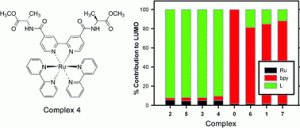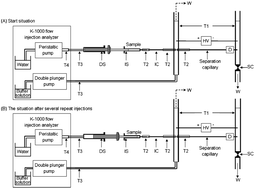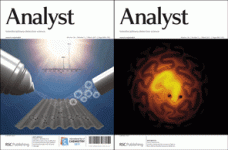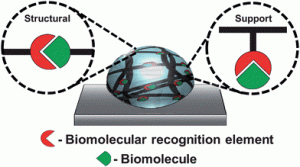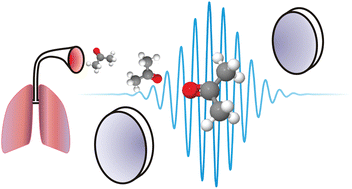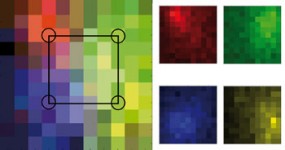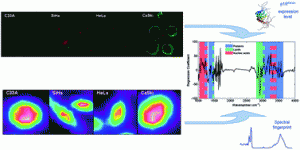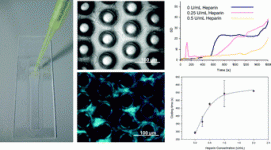Scientists from Korea have immobilised a reactive antibody onto the surface of a microfluidic sensor to allow immunosensing with minimal steps to analyse a fluctuating analyte concentration continuously. They found that the antibody showed rapid kinetic properties in both the association and dissociation reactions, and also had a high binding affinity.
When monitoring the analyte level in the sample, the binder was able to be continuously recycled without interrupting the analytical conditions, according to the researchers. The continuous immunosensor displayed characteristics that were suitable for in vitro disease diagnosis so could be used as a novel analytical tool for a direct online clinical decision, they added.
Minimum-step immuno-analysis based on continuous recycling of the capture antibody
Hyun-Kyu Cho, Sung-Min Seo, Il-Hoon Cho, Sung-Ho Paek, Dong-Hyung Kim and Se-Hwan Paek
Analyst, 2011, Advance Article
DOI: 10.1039/C0AN00811G











